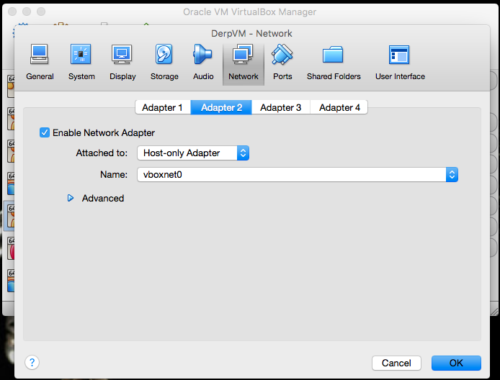In between this being the first vm I’m working on that includes a write up and being tied up with a few other projects I didn’t spend as much time as I wanted on this but am going to start with my blueprint for future write ups with the intent to keep them succinct.
The first thing I usually do when I work on a vm is get my environment set up and I will only mention environment setup in the event something causes me to configure it differently (e.g. the vm having a static IP address on a different network). I summarize in this article how I will approach future VMs. As my process changes, I will update this article.
While you are more than welcome to use a different hypervisor and attack box, I typically configure both the vulnhub and Kali VMs on host-only networking in Virtualbox and boot Kali up first just so I can make sure it has all the updates and patches as well as confirm the IP address before I begin with the host-only network set as 192.168.56.0/24 with 192.168.56.100 as the DHCP server.

The VM
I’ll provide quick details about the VM here, namely the theme, release date, and the indicator for the flag (usually flag{}). Some of these will be older VMs and some of them will be more current but they will all be ones I haven’t attempted before.
I backed out from diving in further on this challenge was the challenge involving multiple VMs. Granted I could tackle them one at a time, or load them on my lab but I didn’t start working on this article until later in the month.
- DC416 Baffle by @superkojiman
- DC416 Basement by @barrebas
- DC416 Dick Dastardly by @_RastaMouse
- DC416 Fortress by @superkojiman
Walkthrough
My progress for each VM will be documented here. I will limit images for the sake of bandwidth and anyone reading I’ll stick to blockquotes like this:
print “step 1, hack. step 3, profit”
Resources
While I didn’t make it too far this time around, as usual I include resources. In this case, I will include a link to the VM, and in the case of DC416 I included a couple of really good walkthroughs.